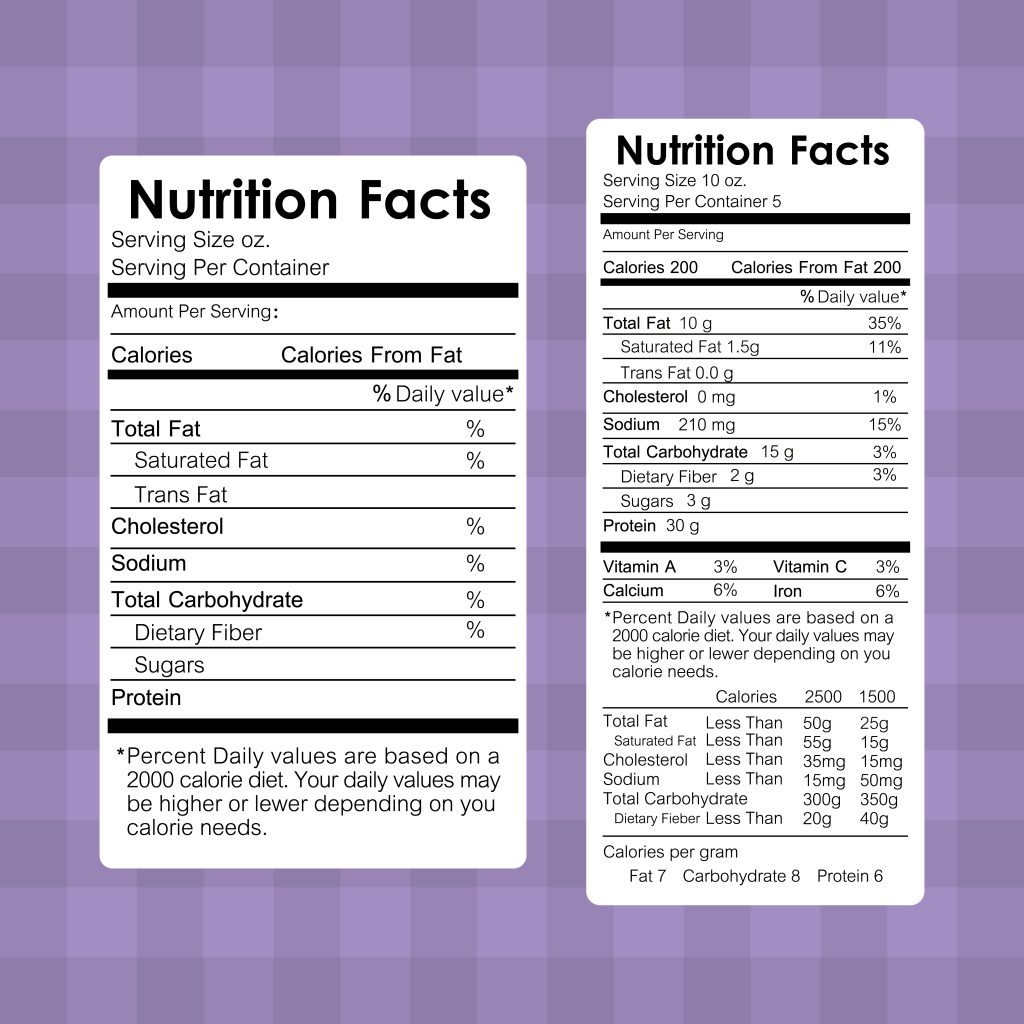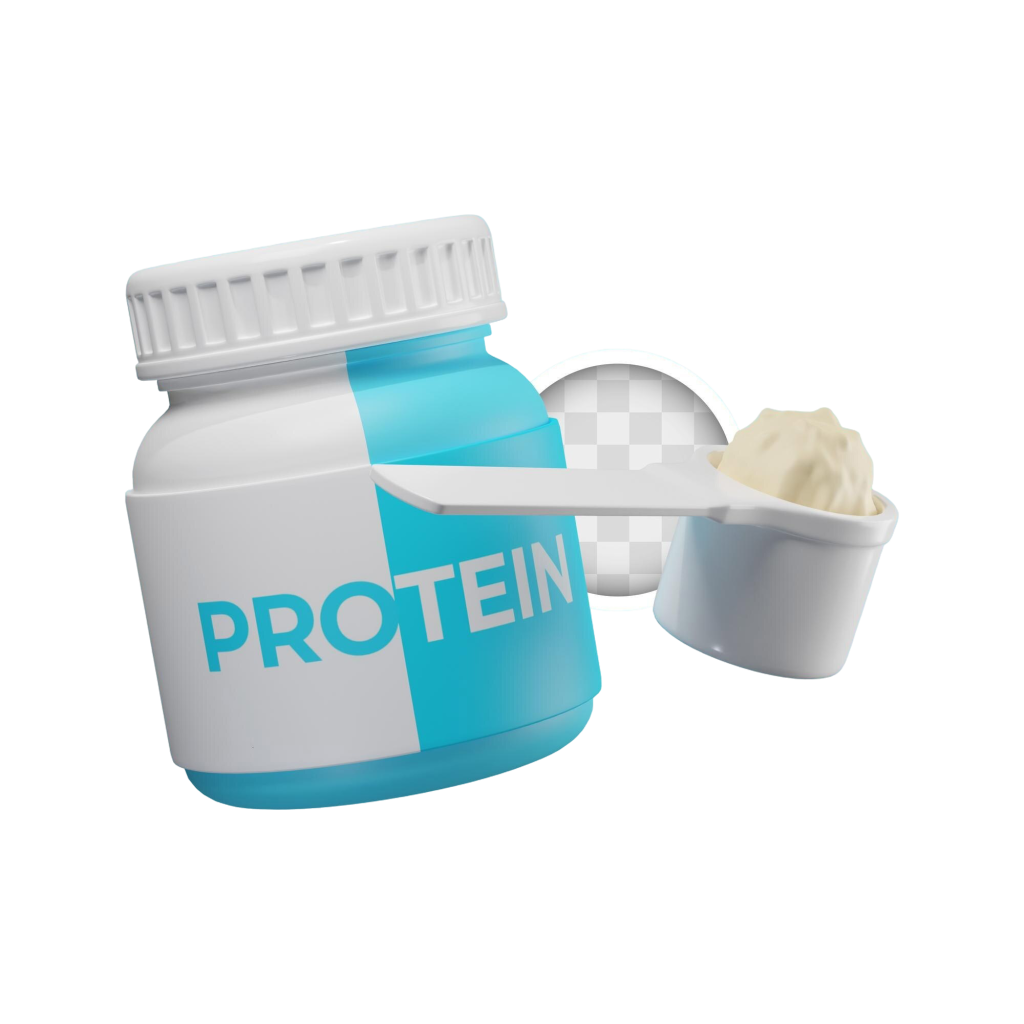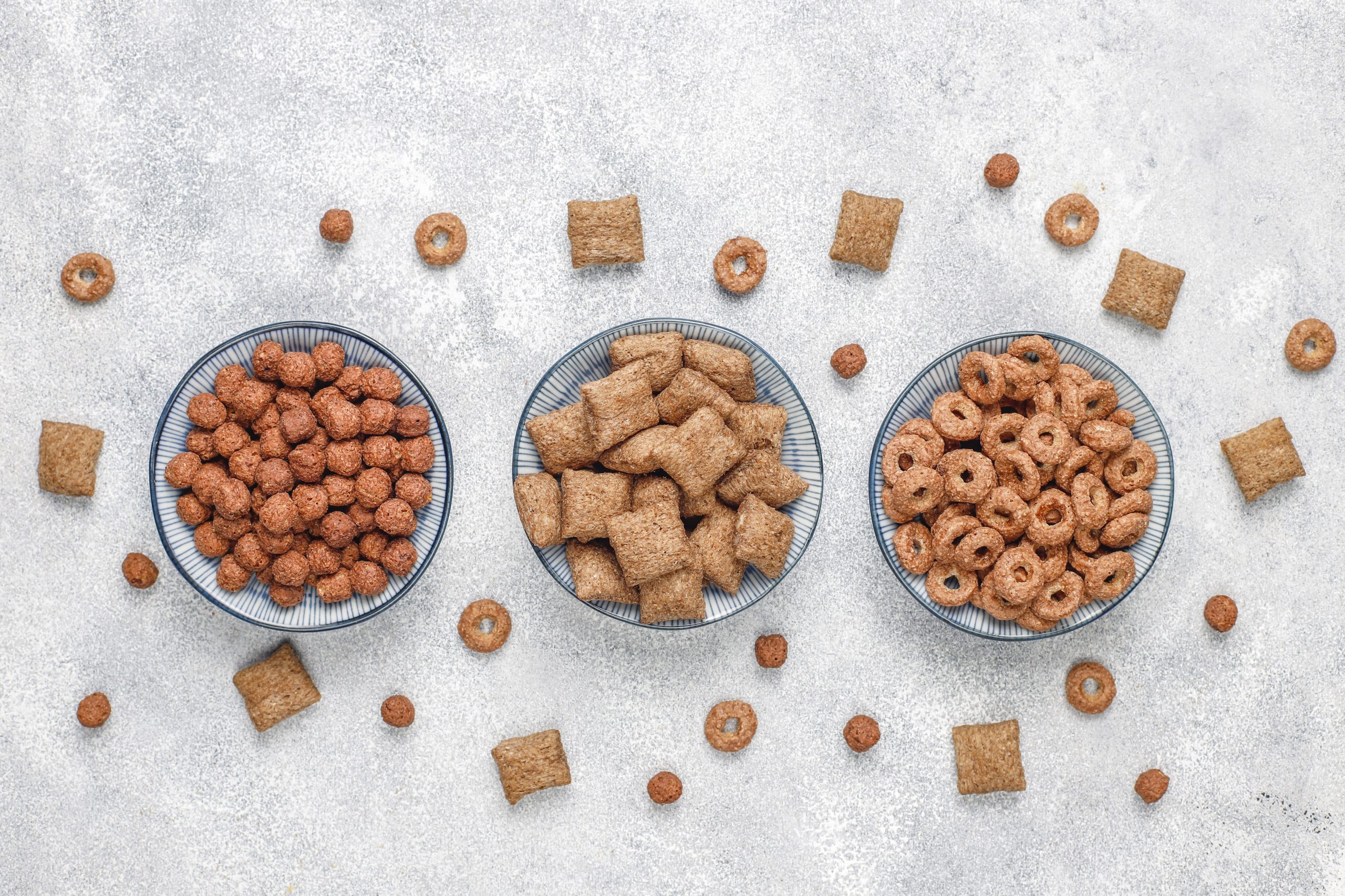Did you know what your cat’s food labels are hiding from you? As pet guardians, we constantly strive to offer the best to our furry companions, yet deciphering cat food labels often feels more like reading an ancient script than making an informed choice. Don’t worry, you’re not alone. We’re about to unravel the mysteries hidden within those tiny print details.
This ultimate guide aims to transform you into a confident cat food connoisseur. Whether you’re a seasoned pet parent or a beginner with a new feline friend, get ready to decode labels like a pro. Feeling ready? Let’s dive into the world of feline nutrition and make choosing cat food less of a guessing game and more of a knowledgeable decision.
The Importance of Understanding Cat Food Labels

Understanding cat food labels goes beyond knowledge—it’s about your pet’s wellbeing. But why is it so crucial? Pet food labels harbor crucial information about your cat’s diet, influencing their health and happiness. A misstep here can mean nutritional imbalances and health issues down the line.
However, when you learn the language of labels, you unlock a treasure trove of information. You can ensure your cat receives optimal nutrition, tailored to their specific needs. This is not just about nutrients; it’s an investment in your cat’s quality of life. Feeling empowered yet?
Breaking Down the Label: What to Look for First

Where to begin on this label journey? Most of us focus solely on proteins and fats listed on the front. Yet, flip that package over, and you’ll uncover the true nutritional tale. Start with the ingredient list. Here is where manufacturers try to woo you, but it’s your duty to stay sharp. Aim for clear, identifiable ingredients.
The first five ingredients usually make up the bulk of the food. Keep an eagle eye out for recognizable ingredients in this list and avoid vague terms like “meat meal” or “animal by-products.” Remember, quality over marketing claims.
Decoding the Guaranteed Analysis

The Guaranteed Analysis section can seem daunting, but it’s a regulatory requirement that offers a quick glance at key nutritional information. Ever wondered what numbers like ‘crude protein 30%’ really mean? Here’s the lowdown.
This number indicates the minimum amount of protein present in the food. If your furball needs a high-protein diet, this is where you check. Pay attention to moisture content too—more moisture often means less dry matter, which is where those nutrients live. Now, are you starting to see the bigger picture?
Understanding ‘Complete and Balanced’ Claims

You might see this “complete and balanced” claim plastered across pet food, but what does it truly signify? Essentially, this denotes that the food meets the nutritional levels established by the AAFCO for growth, maintenance, or all life stages. Yet, this could mean a minimum baseline rather than optimal nutrition.
Here’s the secret: While this statement offers some reassurance, delve deeper into the specifics. A complete diet should precisely meet your cat’s nutritional needs based on age, activity level, and health status. Don’t let flashy statements lull you into complacency.
Ingredients to Seek: Protein Powerhouses

When evaluating cat food, think ‘protein’ first. Our feline friends are obligate carnivores with a natural instinct for animal-based proteins. But not all protein sources are made equal. Higher quality options such as chicken, turkey, or fish should headline the ingredients list.
Watch out for labels featuring specific meats rather than generic ‘meat’ terms. Ensuring a primary animal protein is key to supporting muscle maintenance and overall health in cats. Ready to power up your cat’s protein intake?
Beware of Fillers: What to Avoid

Not all fillers coined as cheap carbohydrates belong in your feline’s food bowl. But how do you spot them? Ingredients like corn meal, soy, and wheat might sound innocuous, yet they often bring little nutritional benefit and can even trigger sensitivity issues.
Avoidance is key to a well-rounded diet—keep your cat’s meals free from cheap stowaways. Opt instead for wholesome options that do more than fill up the calorie count.
Deciphering Additives and Preservatives

It’s crucial to get granular with labels to spot additives and preservatives. Are they friend or foe? Some additives extend shelf life and add appeal, but your kitty could do without artificial colors or flavors. Similarly, preservatives like BHA and BHT are controversial, best avoided where possible.
Stick to natural antioxidants like Vitamin E or mixed tocopherols. With a keen eye, you can ensure cat food aligns with both safety standards and your quality expectations. Feeling more label savvy yet?
The Role of Taurine: A Vital Nutrient

Taurine often creeps up on labels and for a vital reason—it’s essential for feline health. Critical for heart and eye function, Taurine is something that cats cannot produce themselves. Be sure your food choice has enough Taurine to support your cat’s health.
Taurine deficiency is nothing to sneeze at, leading to irreversible damage. Ensure your cat food guarantees adequate taurine levels—it’s their health on the line.
Navigating Marketing Terms and Buzzwords

Marketing mavens have a way with words, making mundane foods sound gourmet. Labels adorned with terms like “natural” or “premium” are temptations in written form. Yet, these can be smoke and mirrors with little regulatory weight. How to cut through the fog?
Focus on the concrete information: ingredients, nutritional analysis, and endorsements by pet nutritionists. Direct your wallet towards what’s truly beneficial, rather than the butler of branding tricks.
Consulting Your Vet: An Overlooked Step

Sometimes, even the savviest guide needs a guild member. That’s where your vet can be invaluable. They can offer recommendations tailored to your cat’s specific health needs and dietary requirements. Feeling stumped? Ring up your vet for advice.
Your vet’s insight can seal the deal when tailoring the most effective diet. Remember, vets can see beyond surface labels to how a dosage of nutrients impacts unique individual health stories.
Personal Tales from Cat Owners
Stories often provide perspectives you didn’t know you needed. Cat owners swapping tales of trials and triumphs in finding the perfect food blend can inspire and educate. You’re not alone on this path.
Share and learn from experiences such as allergic reactions to specific foods or improvements after dietary changes. Cultivating this community culture can guide you toward wiser food choices.
Sustainability Matters: Ethical Pet Food Choices
The trend toward sustainability doesn’t stop at humans. Cat food that is ethically sourced and sustainably manufactured is increasingly sought after. Why not feed your feline and care for the planet too?
Seek brands committed to ethical ingredient sourcing, reduced carbon Pawprints, and eco-friendly packaging. Taking such steps reflects a dedication not just to your cat’s health but the earth’s wellbeing too.
DIY: Is Homemade Cat Food a Good Idea?

The craze for DIY cat food is real, with many pet owners exploring homemade recipes. But is it a viable option for your feline’s nutrition? Preparing balanced meals from scratch is no small feat—it requires precision and nutritional knowledge.
If you venture down this road, expert guidance is essential. Without it, you risk providing an unbalanced diet. Proceed with caution but know that a homemade diet isn’t impossible—it’s just a careful endeavor.
Ensuring Quality and Safety Standards

Ensuring your cat food meets quality and safety standards can safeguard your pet’s health. Look out for AAFCO certification and recalls related to the brand. This oversight won’t go unappreciated by your kitty. Knowledge equates to peace of mind, don’t you think?
Inquire if necessary from manufacturers about batch testing and safety assurance programs. With these measures in mind, you can rest assured in feeding only the best.
H2>Closing Thoughts: Navigating Felinspiration
The task of decoding cat food labels now appears less mystifying, doesn’t it? We’ve journeyed through the essential ingredients segment, parsed marketing language, and considered sustainable choices. Feel free to pat yourself on the back; you’ve become label literate.
Your Call to Feline Action: Start examining those labels with newfound scrutiny, engage your vet when perplexed, and most crucially, remember each small step toward label discernment is a big leap for your cat’s health.
Let’s continue this dialogue. Share your cat food stories below. What have you discovered, and how has it impacted your beloved feline? Join the conversation!

